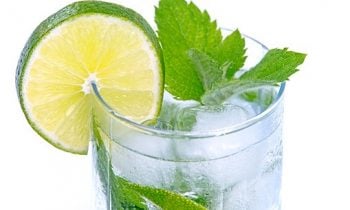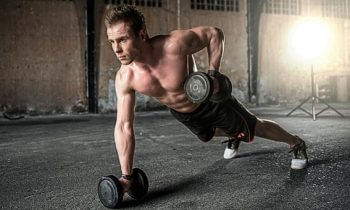HIIT aims to induce overload. That is to say, by going through strenuous exercise, the body fatigues more significantly in the hope for supercompensation. However, supercompensation can only occur when the training overload is supported by significant recovery. Together, the two components aim to bring about physiological adaptations that lead to increased performance above the baseline.
Think of it like a car engine after a long car trip. Once you have reached your destination, your car engine continues to stay warm until it slowly cools to a resting temperature. The same mechanism occurs happens in the body after a HIIT workout.
Just as a car engine stays warm once it has been turned off, your body’s metabolism continues to strive even after the workout is done. This physiological effect is known as excess post exercise oxygen consumption or EPOC.
The EPOC Effect
Also known as the afterburn effect, EPOC helps burn more calories long after finishing your workout. This occurs when the quantity of oxygen consumed after exercise exceeds that of the pre-exercise level.
During recovery, energy resources need to be replenished, blood needs to be re-oxygenated while circulatory hormones need to be restored. Plus, body temperature needs to return to normal along with the breathing and heart rates. All these physiological reactions require oxygen and so EPOC experiences an increase in calories post exercise as compared to pre exercise.
Now, while EPOC is applicable to most types of intense workouts, research indicates that HIIT is the most effective means to trigger the EPOC effect. This is because when you perfrom your exercises at a higher intensity and demand immediate energy, anaerobic pathways provide the needed ATP at a much faster rate.
This is also the reason why high intensity activity can only be maintained for a brief period of time. So HIIT is effective because high intensity bouts create anaerobically produced ATP and once it is exhausted, it needs to be replenished aerobically.
This also ties in with the fact that EPOC is more affected by the intensity of the workout and not so much by its duration. So even when HIIT workout is done, the body continues to use aerobic energy pathways to replace ATP used up during the session, which boosts the EPOC effect.
The higher the EPOC effect, the more calories you burn at rest and the higher your Resting Metabolic Rate or RER. This spike and recovery pattern is key to making HIIT work flawlessly. Not only does this pattern improve cardiorespiratory endurance but it also allows for greater caloric expenditure during and after the workout when compared to moderate aerobic workouts.
Having said that, it’s still crucial to remember that at least 48 hours of recovery time should be allowed between high intensity exercise sessions and should not be performed more than three times a week.
Is HIIT Right For You?
Since HIIT is all about intensity, you need to be in fairly good health with an elementary level of general and core strength along with mobility. You also need to be aware of your personal physical limitations.
People who want to take on HIIT should be willing to try out a number of different exercises and be knowledgeable about performing these moves not only correctly but safely as well. If you are above the age of 55, then it is recommended that you take on HIIT with a doctor’s approval.
HIIT is not recommended for anyone with any orthopedic limitations such as knee, back, or shoulder conditions. Likewise anyone suffering from cardiovascular issues like hypertension and heart palpitations should not take on such an aggressive form of exercise.


 HIIT Supplements 2
HIIT Supplements 2 Healthy Diet
Healthy Diet Drink plenty of Water
Drink plenty of Water What is HIIT?
What is HIIT? Science of HIIT
Science of HIIT